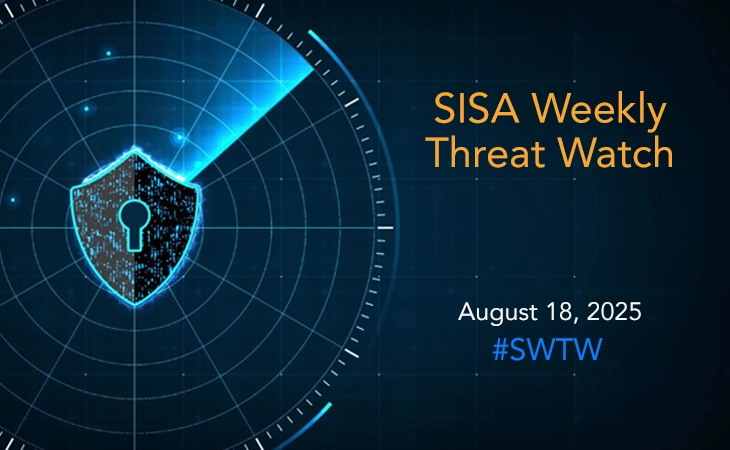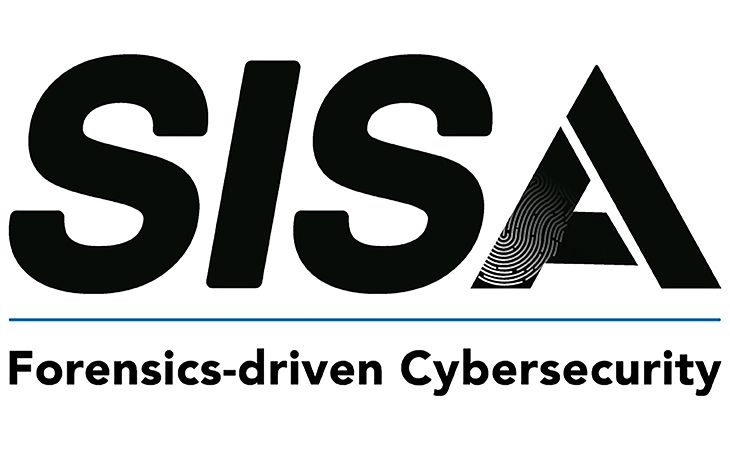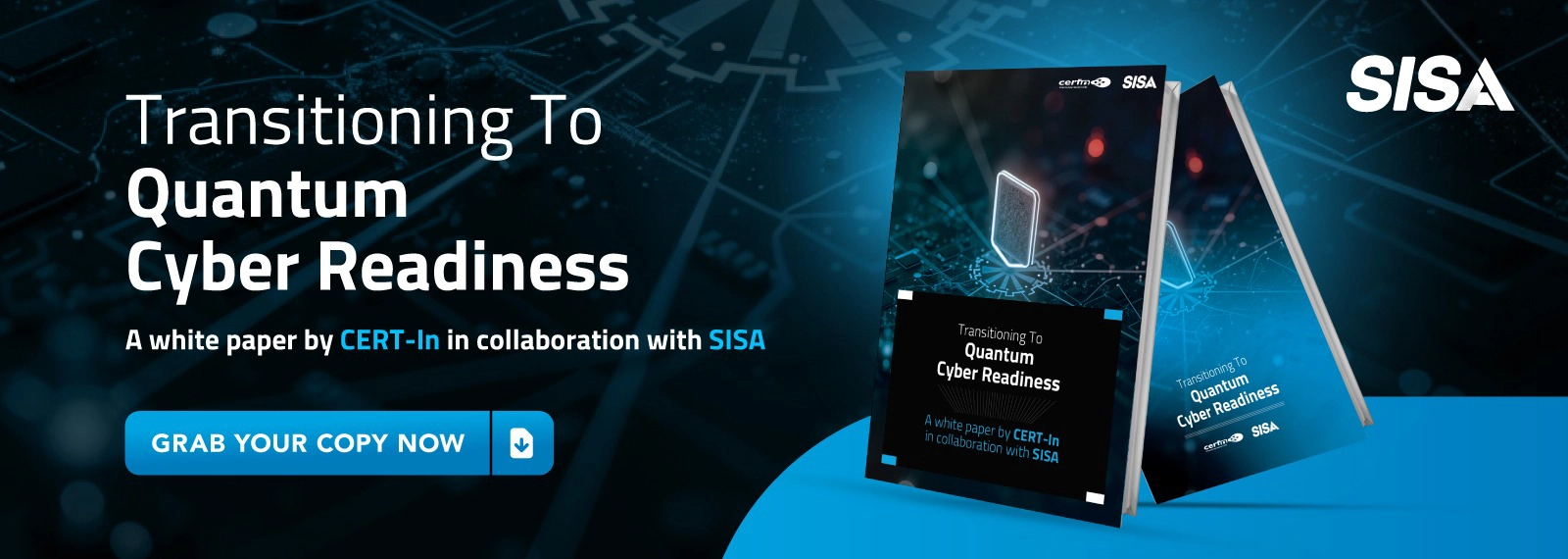
5 Best Red Teaming Tools To Explore For Your Organization
Cybersecurity has reached a stage where defence alone is not enough. Firewalls, endpoint protection, and layered defences form the skeleton of security, but the real question every business leader should ask is this: how resilient are we when a real attacker tries to break in? This is where red teaming plays a critical role. It is not just about running a penetration test once a year, but about simulating adversarial behaviour in real-world conditions to expose blind spots. In 2025, with the rise of sophisticated adversaries, automated attack kits, and AI-driven exploits, red teaming has become a necessity for organizations that want to be confident in their security posture. At the heart of effective red teaming are the tools that make these exercises realistic, repeatable, and truly reflective of today’s evolving threat landscape.
Among the most widely recognized solutions is Caldera, developed by MITRE. Caldera is open-source and draws its strength from the MITRE ATT&CK framework, which has become the universal language of adversary techniques. What makes Caldera special is its ability to automate attack simulations across different techniques and tactics without requiring endless manual scripting. For security teams, this means they can simulate adversarial behaviour in a structured and repeatable way, ensuring coverage against a wide spectrum of attack methods. Organizations that may not have the luxury of large red teams benefit particularly from Caldera’s automation. It allows them to test their defences continuously, identify weaknesses, and validate detection rules against a well-defined adversary model. Caldera is not just a tool; it is a strategy enabler for organizations aiming to adopt proactive security practices aligned with industry standards.
If Caldera represents the automation side of red teaming, Metasploit Framework, often paired with Meterpreter, represents the raw hands-on power that has fuelled offensive security for over a decade. Metasploit is more than just a framework; it is the backbone of many professional penetration testing engagements. With an extensive library of exploits and payloads, it empowers security professionals to simulate intrusions across different technologies and infrastructures. Meterpreter, its advanced payload, allows testers to move inside compromised systems, escalate privileges, and pivot across networks to demonstrate the potential damage of a successful intrusion. While Metasploit requires technical expertise and is best suited for organizations with skilled red teamers, it remains one of the most indispensable tools in the offensive security arsenal. Its active community and constantly updated modules mean it stays relevant even as new vulnerabilities emerge. For organizations seeking a true-to-life attacker experience, Metasploit continues to provide depth and authenticity.
Moving beyond initial exploitation, one of the trickiest areas in enterprise security is understanding how attackers can navigate within a compromised environment. This is where BloodHound proves its worth. Designed specifically for Active Directory environments, BloodHound uses graph theory to map relationships and uncover hidden privilege escalation paths that are often invisible to administrators. Active Directory, which underpins identity and access management in many enterprises, is notoriously complex and prone to misconfigurations. Attackers exploit these weaknesses to move laterally and escalate privileges, often without being detected until it is too late. BloodHound takes these tangled webs of relationships and presents them visually, showing exactly how a malicious actor could gain control over critical resources. For organizations that rely heavily on Active Directory, this tool is essential not only for red teams but also for blue teams who want to proactively remediate issues before they are exploited.
While large-scale simulations provide broad insight, sometimes security teams need precise, surgical testing. This is where Atomic Red Team comes into play. Unlike frameworks that run entire campaigns, Atomic Red Team focuses on smaller, technique-level tests that are directly tied to MITRE ATT&CK. Each test is designed to validate a specific control or detection capability. This makes it extremely valuable for teams that want quick feedback on whether their monitoring tools, SIEM, or EDR systems are actually picking up the signals they are supposed to. For example, if an organization wants to confirm whether their system detects credential dumping attempts, they can run the corresponding atomic test and immediately see the result. The simplicity and modularity of Atomic Red Team mean it can be run regularly, ensuring continuous validation without the overhead of a full-scale red team exercise. It is a favourite among SOC teams that want to bridge the gap between theoretical coverage and practical detection.
Completing the lineup is FireCompass, a platform that takes red teaming into the era of continuous assessment. Unlike traditional approaches, which are point-in-time and resource-intensive, FireCompass operates as a SaaS solution that continuously scans an organization’s digital footprint, discovers hidden assets, and launches simulated attacks. The advantage is clear: organizations no longer have to wait for quarterly or annual engagements to know their weaknesses. Instead, they get near real-time insights into how attackers would view and target their environment. FireCompass automates multi-stage attacks, chaining together reconnaissance, exploitation, and lateral movement in a way that mirrors sophisticated adversaries. In a landscape where new vulnerabilities and exposures appear almost daily, this type of persistent red teaming provides unmatched situational awareness. It ensures that security teams stay ahead of attackers rather than reacting after the fact.
Choosing among these tools is not always straightforward. Each brings unique strengths to the table. Caldera and Atomic Red Team stand out for organizations looking for open-source solutions that emphasize automation and precision testing. Metasploit and BloodHound deliver depth in exploitation and Active Directory analysis, offering insights into areas that attackers are most likely to exploit. FireCompass, meanwhile, represents the next step toward continuous red teaming, leveraging automation at scale to keep organizations in a constant state of readiness. The reality is that mature organizations often use a combination of these tools, layering their capabilities to cover both breadth and depth.
However, tools alone do not guarantee results. Effective red teaming depends on strategy, planning, and expertise. Running an exploit or launching a test is easy; understanding what the results mean for your organization’s risk posture is harder. This is where having an experienced partner matters. At SISA, red teaming engagements are designed to go beyond the tools. We combine industry-leading platforms like Caldera, Metasploit, and BloodHound with forensic-driven intelligence and deep domain expertise in digital payments and regulated industries. The result is an exercise that not only identifies vulnerabilities but also provides actionable insights for improving security maturity. By integrating continuous assessment models similar to FireCompass and modular validation akin to Atomic Red Team, SISA delivers red teaming strategies that are both realistic and outcome driven.
In practice, the most effective approach to red teaming is iterative. Organizations should start with focused testing to validate specific controls, expand to more comprehensive scenarios that explore privilege escalation and lateral movement, and ultimately move toward continuous simulation that aligns with real-world attacker behaviour. Each cycle should feed into a feedback loop that strengthens defences and sharpens detection capabilities. The goal is not to “win” against the red team, but to build resilience so that when real adversaries come knocking, the organization is prepared.
The cybersecurity landscape of 2025 leaves no room for complacency. Attackers are creative, adaptive, and increasingly automated. The five red teaming tools highlighted here Caldera, Metasploit, BloodHound, Atomic Red Team, and FireCompass equip organizations with the means to stay ahead. By adopting them thoughtfully, either in-house or with expert guidance from SISA, organizations can uncover hidden risks, validate their defences, and foster a culture of continuous improvement. Red teaming is no longer a luxury or an occasional checkbox; it is an essential discipline for organizations serious about protecting their digital assets and building trust with customers.
The bottom line is simple: defences cannot improve in isolation. They must be tested, challenged, and refined against the kinds of threats that exist today. Red teaming tools give you the lens of the attacker, but it takes strategy and expertise to translate those insights into stronger resilience. Whether you choose automation, hands-on simulation, or continuous SaaS-based assessments, the goal is the same anticipate attacks before they happen and be ready to respond when they do. And with the right combination of tools and partners, that goal is well within reach.
Latest
Blogs
Whitepapers
Monthly Threat Brief
Customer Success Stories
 USA
USA India
India APAC
APAC Middle East
Middle East Global
Global






 Facebook
Facebook Linkedin
Linkedin  X
X Youtube
Youtube







